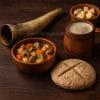
-
Shop by Type
-
Shop by Culture
-
Collections
Home » Blog » Mythology and Folklore » Odin: The God of War and Wisdom in Norse Mythology
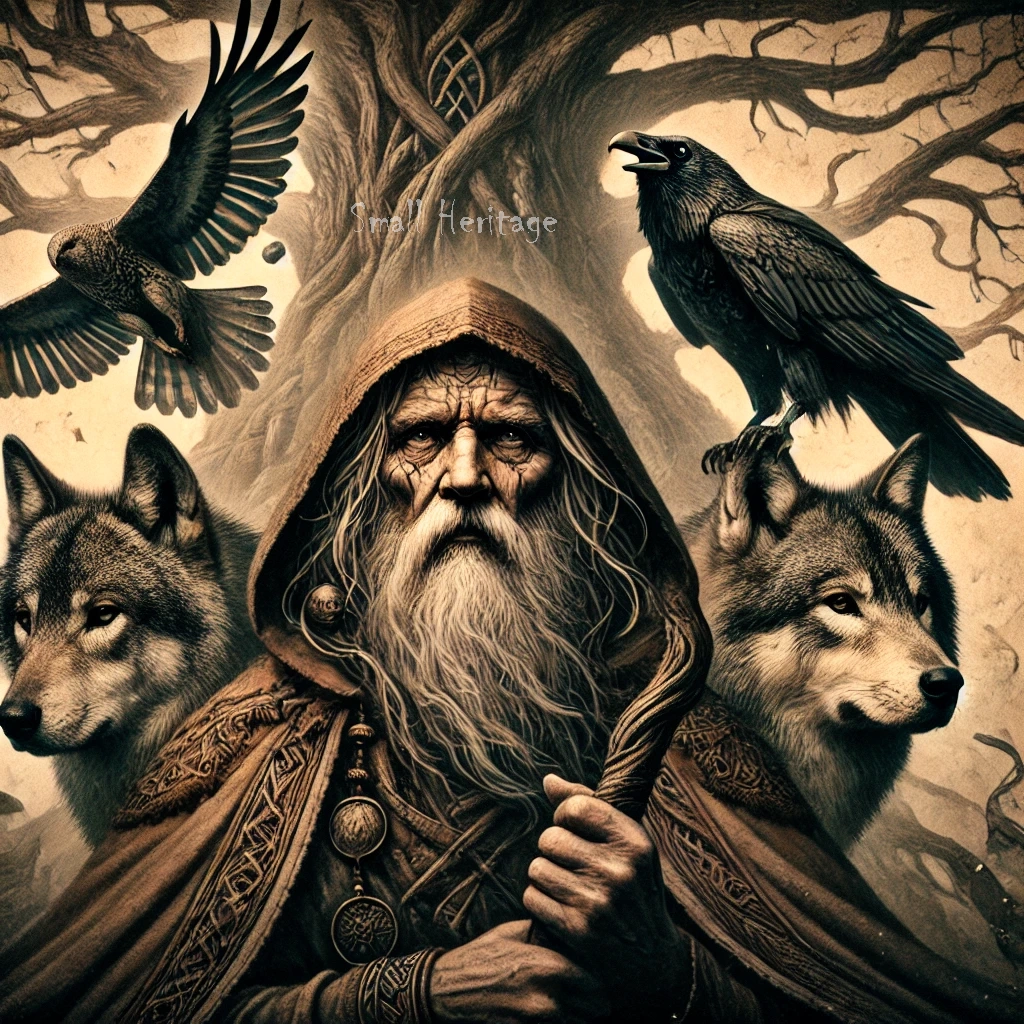
Odin, the Allfather, is one of the most important deities in Norse mythology, embodying wisdom, war, and poetry. Revered across the Viking world, Odin holds an influential role in shaping Norse culture and religious beliefs. He is often depicted as a figure of great knowledge and power, having sacrificed much in his pursuit of wisdom.
Known as the ruler of Asgard and the king of the Æsir gods, Odin governs the realms of the divine and the mortal. His hall, Valhalla, serves as the resting place for fallen warriors who fought bravely in battle, granting them eternal life. Odin’s relentless pursuit of knowledge led him to sacrifice one of his eyes at Mimir’s well, a gesture symbolizing the high price of wisdom.
Odin’s role as a god of war is equally significant. He is the protector of warriors and the overseer of battles, but his wisdom also extends to magic, death, and the afterlife. Odin’s diverse attributes make him one of the most complex gods in the Norse pantheon.
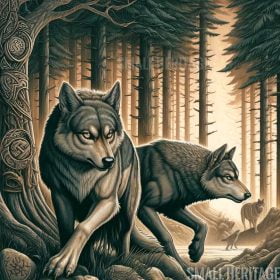
Odin is closely associated with several powerful symbols that reflect his strength and authority. His two ravens, Huginn (thought) and Muninn (memory), fly across the world each day, bringing back knowledge to Odin. These ravens symbolize Odin’s far-reaching wisdom and his constant search for information.
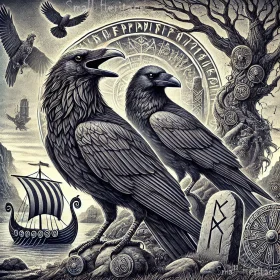
Odin’s spear, Gungnir, crafted by the dwarves, never misses its mark. This spear symbolizes Odin’s authority, control over fate, and his warrior-like attributes. The two wolves, Geri and Freki, serve Odin during his battles and are emblems of war and strength.
Viking warriors held Odin in high esteem, looking to him for protection in battle and guidance in their fight against chaos. They believed that by honoring Odin, they could secure a place in Valhalla, Odin’s majestic hall for brave souls. Many Viking warriors wore symbols associated with Odin, such as his ravens or wolves, often seen in jewelry.
If you’re interested in Viking symbols and their historical significance, explore our Viking Jewelry Collection for pieces that carry the same meaning and depth.



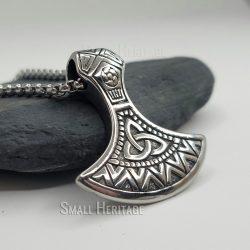


Today, Odin remains a powerful figure in popular culture. His image has appeared in literature, movies, and modern media, making him one of the most recognizable figures from Norse mythology. In recent years, Odin has gained even more prominence thanks to the Marvel Universe, where he is portrayed as the father of Thor and Loki.
Beyond pop culture, Odin’s influence continues in modern Viking-inspired jewelry, tattoos, and art. People are drawn to his qualities of wisdom and strength, finding a deep connection with the ancient Norse beliefs.
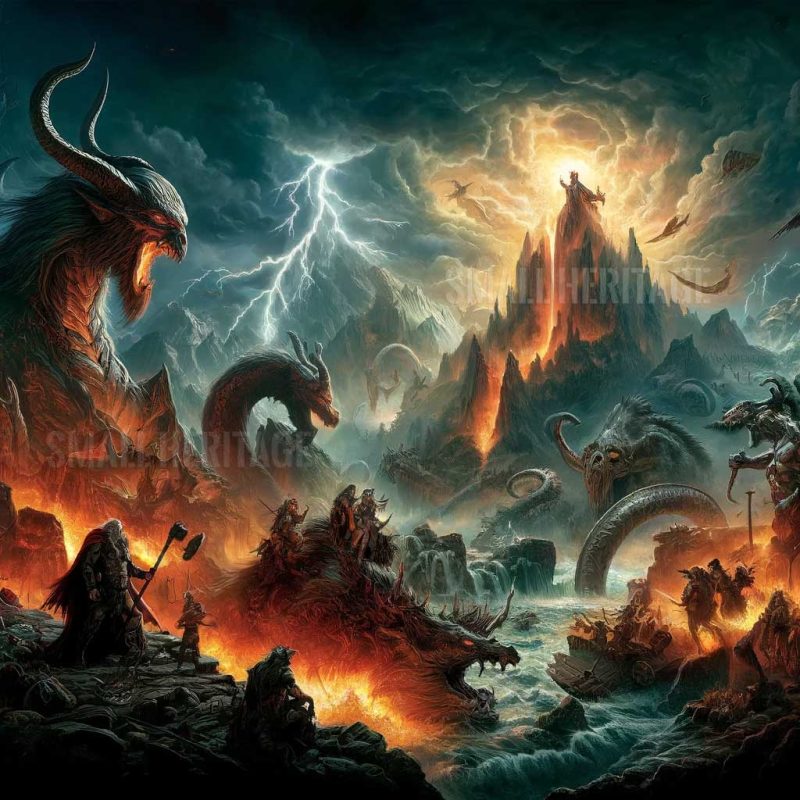
According to Norse mythology, Odin’s ultimate fate is tied to the event known as Ragnarök. During this apocalyptic battle, Odin will lead the gods against the forces of chaos. He is destined to face the monstrous wolf, Fenrir, in combat. Despite Odin’s wisdom and power, prophecy foretells his defeat, as Fenrir is fated to devour him.
Odin’s role in Ragnarök reflects the Norse belief in the inevitability of fate, no matter how powerful one may be. The gods, including Odin, must meet their fates with courage, a lesson that was especially meaningful to Viking warriors.
Odin, the Allfather, stands as one of the most important deities in Norse mythology. Known for his wisdom, war prowess, and association with death, Odin was not just the king of the gods but also a seeker of knowledge and a master of magic. His influence extended over the realms of gods and men, and he was revered for his role in guiding warriors to Valhalla.
Odin’s two ravens, Huginn (thought) and Muninn (memory), flew across the world, bringing back information and keeping the Allfather informed of all that transpired. This duality of thought and memory reflected Odin’s pursuit of wisdom and the importance of knowledge in Viking society.
The rich tapestry of Norse mythology, including the role of gods like Odin, has been explored in great detail within the broader context of Germanic religion. To understand the roots of Viking symbolism and how figures like Odin fit into this pantheon, Britannica’s section on Germanic Religion and Mythology provides excellent insights into the belief systems that shaped Viking culture.